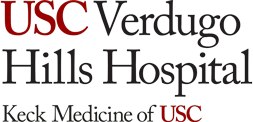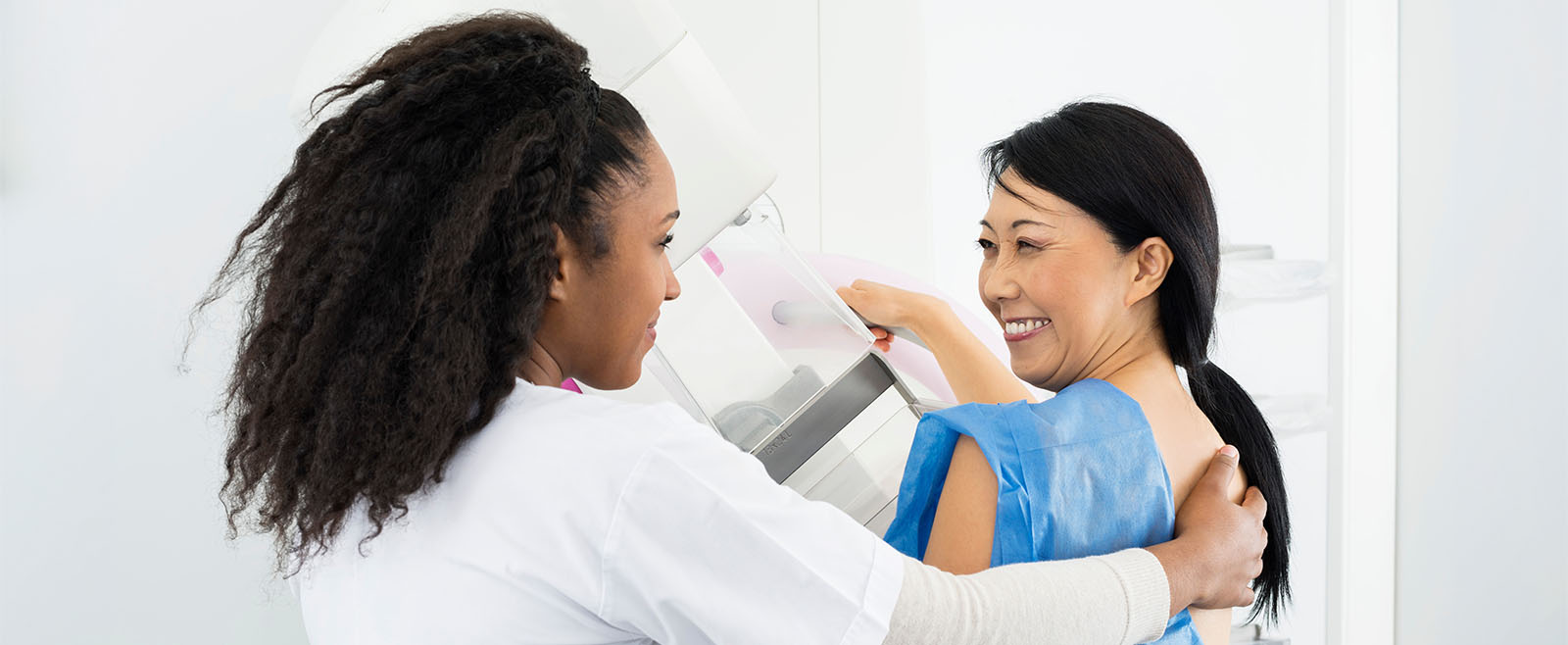Annual mammogram screening is no longer a one-size-fits-all approach.
Only one rule holds true for all women when it comes to mammograms, and that is that they should be done every year. But when to start and whether to have an additional type of breast cancer screening depends on who you are, what your risk factors are and what your breast tissue is like.
Getting screened for breast cancer has become more personalized in recent years. While mammograms used to be the only tool, there are additional options to help doctors find breast cancer early, when it is most easily treated.
“There have been improvements in technology, and there are more tools now to screen women for breast cancer – and this is good because early detection is still the key to saving lives,” says Mary Yamashita, MD, a medical director of breast care at USC Verdugo Hills Hospital, part of Keck Medicine of USC, and a clinical professor of radiology and surgery at the Keck School of Medicine of USC.
When to start?
Dr. Yamashita recommends that all women have a lifetime breast cancer risk assessment done at the age of 25 to determine when to begin screening for breast cancer.
Average risk
If you are at average risk of breast cancer, you should have your first mammogram at age 40 and every year after that for as long as you are healthy. If you notice any changes in your breasts before 40, talk to your doctor. Your doctor can help determine if you need to be evaluated.
Regular or 3D mammography
Some facilities provide 3D mammography, but not every facility has yet made the switch to this technology.
The procedure is the same for both regular mammograms and 3D mammograms. You will stand in front of the machine, and your breast will be compressed for a few seconds while a technologist takes an X-ray. Dr. Yamashita notes that the breast care specialists at USC Verdugo Hills Hospital only use 3D mammography because it has shown to improved detection. “With 3D, there is a higher chance of detecting cancer, and there are fewer false positives,” she says.
Dense breasts
About 40% of all women have dense breasts, which can make it harder to see early signs of cancer with mammography. Dr. Yamashita recommends women with dense breast tissue receive additional screening with ultrasound. Ultrasound imaging does not replace mammography but is a supplement that improves screening for women with dense breasts.
Elevated risk
Women who are at higher risk of breast cancer, usually because of genetic risk factors or a strong family history, should begin screening for breast cancer at an earlier age. Those women should have their first mammogram at age 30, and they should also do a supplemental screening with breast MRI. Women at higher risk should start breast MRI between the age of 25 and 30.
Breast MRIs do not replace mammograms. This type of imaging uses a large magnet and contrast dye to produce detailed images of breast tissue. Breast MRIs involve lying very still in an enclosed space, which some patients cannot tolerate. For those patients, Dr. Yamashita says the breast care specialists at USC Verdugo Hills Hospital offer an alternative: a contrast mammogram. Unlike a traditional mammogram, it involves injecting a contrast dye and has shown to be just as effective as breast MRIs at identifying early signs of cancer.
Concerns about radiation
Some women are concerned about the radiation used in mammography, but Dr. Yamashita says that levels of radiation used in mammography are safe. “The amount of radiation is similar to two months of natural background radiation,” she says.
Author: Hope Hamashige

